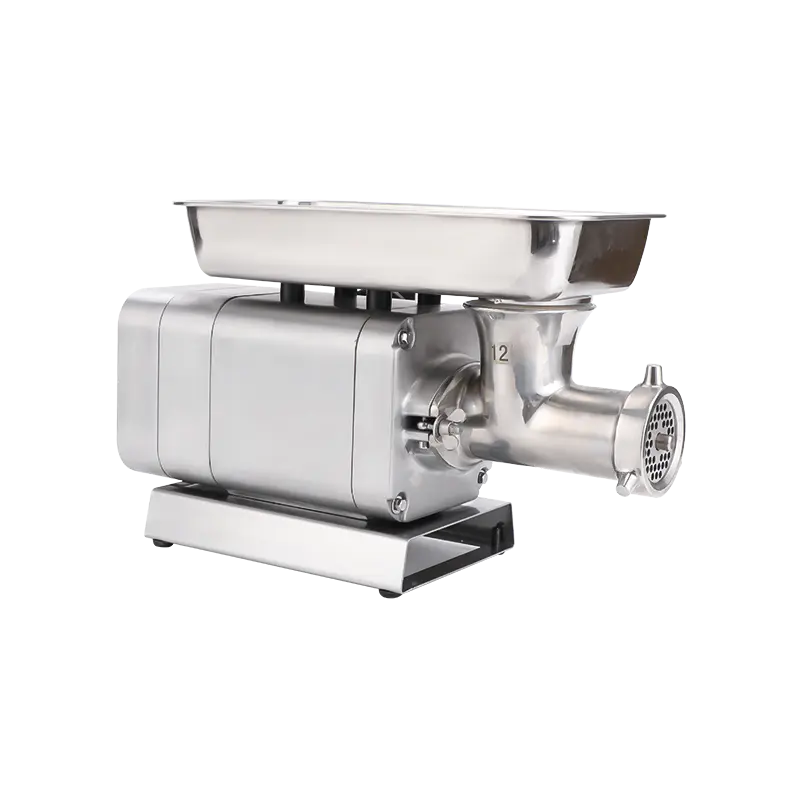A meat mincer is a valuable appliance for both home cooks and professional kitchens. It provides control over the texture, freshness, and blend of ground meat, offering more flexibility than store-bought options. Whether you're preparing sausages, burgers, or meatballs, having a meat mincer can greatly enhance food preparation processes.
There are two main types of meat mincers: manual and electric. Manual mincers are operated by a hand crank and are typically used in smaller quantities or in places without access to electricity. They are compact, easy to store, and often preferred by individuals who grind meat occasionally. On the other hand, electric models are more powerful and efficient, making them more suitable for frequent or bulk use. Many restaurants and butcher shops rely on electric meat mincers for consistent performance and time savings.
One of the main advantages of using a meat mincer is the ability to choose specific cuts of meat. This gives users better control over fat content and flavor. For instance, a home cook may prefer to grind a mix of beef chuck and brisket for hamburgers. This level of customization is difficult to achieve with pre-packaged ground meat from a supermarket.
Hygiene is another reason why many prefer to grind meat themselves. A meat mincer that is properly cleaned and maintained helps reduce the risk of cross-contamination. When grinding at home or in a controlled kitchen, users can ensure the meat is fresh and handled according to personal or business standards.
Before purchasing a meat mincer, it's important to consider a few key factors. These include the volume of meat to be processed, the frequency of use, and the types of meat that will be handled. Some mincers come with interchangeable plates for different grind sizes, allowing for coarse, medium, or fine textures. Others offer attachments for making sausages or kibbeh, expanding the range of recipes that can be prepared.
Maintenance plays a crucial role in the performance and longevity of a meat mincer. Components should be disassembled and cleaned after each use, especially the blades and grinding plates. Some parts may be dishwasher-safe, while others require hand washing. Regular sharpening or replacement of the blades ensures smoother operation and prevents clogging.
Material quality also affects the durability and ease of cleaning. Stainless steel meat mincers are often favored for their resistance to rust and their ability to handle heavy-duty tasks. However, there are also plastic-bodied versions suitable for lighter use in home kitchens.
In addition to meat, some users utilize their meat mincer for other ingredients, such as vegetables, nuts, or even making breadcrumbs. While not all models are designed for this purpose, multi-function mincers with appropriate attachments can increase kitchen versatility.
A meat mincer can be a practical investment for anyone interested in food preparation that values freshness, control, and versatility. Whether manual or electric, the right model depends on individual needs and how it will be used in the kitchen. With proper care and consideration, a meat mincer can serve as a reliable tool for years to come.
